Course Details
| Class Starts | 3rd of Every Month |
|---|---|
| Duration | 25 Days |
| Language: | Hindi/English |
| Module: | Residential with Meals |
| Level: | Beginner to Intermediate |
| Certification: | Yoga Alliance |
| Style: | Hatha Yoga |
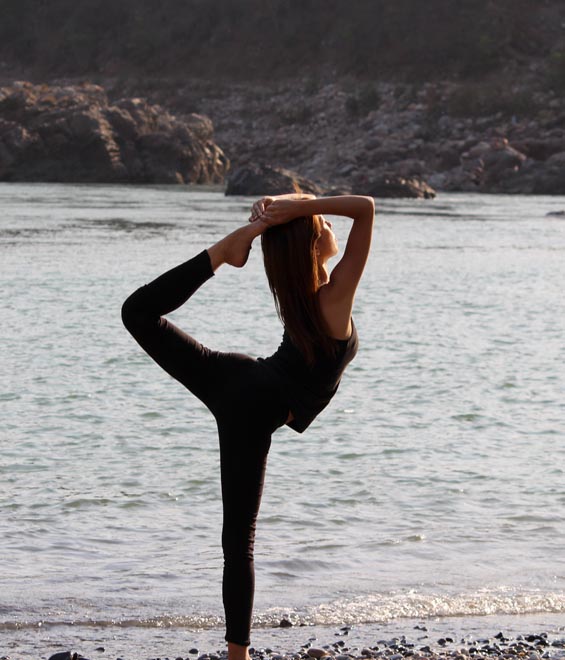
Vishwa Shanti Yoga School now offers 200 hour yoga teacher training in Italy – this is residential hatha yoga instructor course designed as per Yoga Alliance USA guidelines and targeted at individuals willing to become professional yoga master. Vishwa Shanti Yoga aspires to transmit yogic knowledge throughout the world for benefit of people. Our extension of yogic teaching in Italy contributes to our mission of world peace through yoga. Our new school in Cesenatico, right by the Adriatic sea, conducts yoga retreat and 200 hour YTT in an environment you will instantly fall in love with. You can compare this surrounding with beautiful Rishikesh town surrounded by mountains and the beauty boosted by gorgeous Ganges.
Our center in Italy is run by a team of yoga instructors who have been teaching yoga for several years and who are deeply rooted into Indian traditional yoga practice in terms of knowledge and practice. We encourage all of those people who want to become certified yoga teachers but cannot come to India for the Level I yoga teacher training program, to be part of this residential hatha yoga instructor course.
+ Our Clients
+ Satisfied Clients
+ Experts Teacher
+ Experience Years
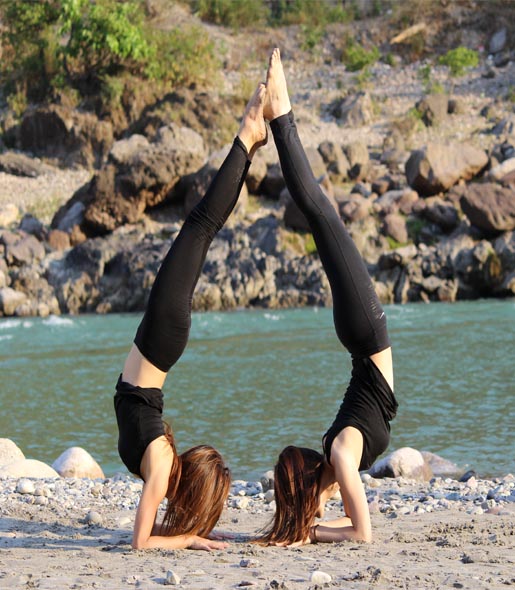
| Class Starts | 3rd of Every Month |
|---|---|
| Duration | 25 Days |
| Language: | Hindi/English |
| Module: | Residential with Meals |
| Level: | Beginner to Intermediate |
| Certification: | Yoga Alliance |
| Style: | Hatha Yoga |
200 hour yoga teacher training is basic certification course that opens a professional gateway; you can become a certified yoga instructor RYT 200. With this certification, you can spread your knowledge to people around the globe. Our yoga school in Cesenatico, Italy is registered with Yoga Alliance USA as RYS 200 which means, the course curriculum follows Yoga Alliance USA’s guidelines on teaching hours and course content. This course is also a foundation for you to further your knowledge with advanced yoga education. People who have completed the 200 hour certification course can join 300 hour yoga teacher training course and become RYT 500. RYT 500 have the knowledge of and are capable of teaching advanced yoga practitioners. Vishwa Shanti Yoga School offers 300 hour certification course in Rishikesh, India. Our 200 hour YTT Course at Cesenatico, Italy is a residential program offering you opportunity to experience a yogic lifestyle in the beautiful beach city. Course curriculum includes yoga philosophy, yoga anatomy, meditation, yoga asana or yoga postures; teaching methodology and practicum are part of the training
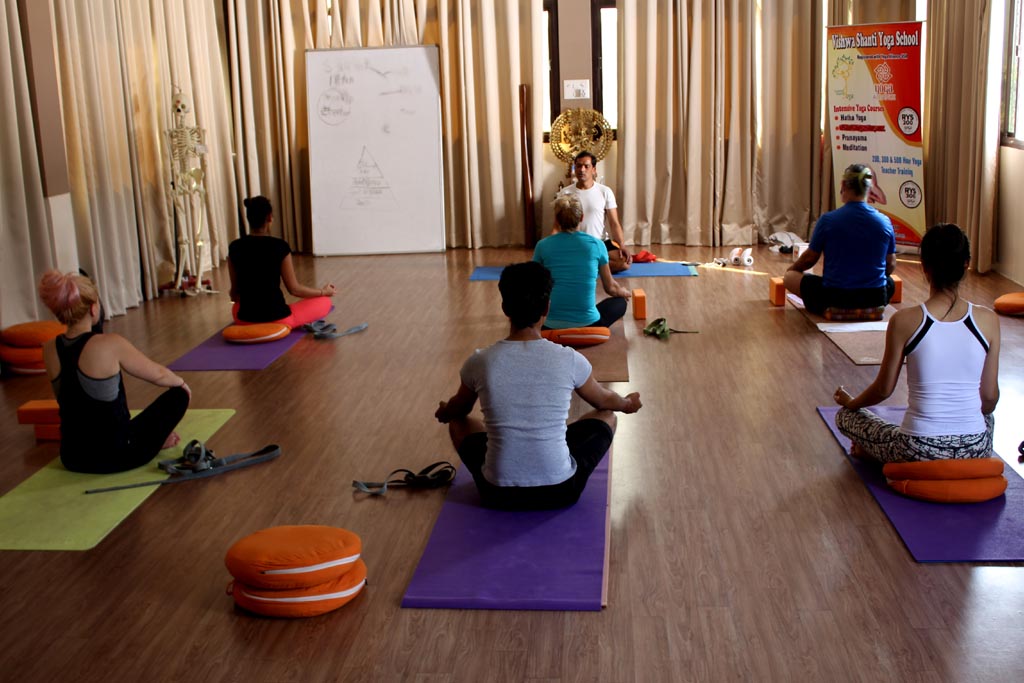
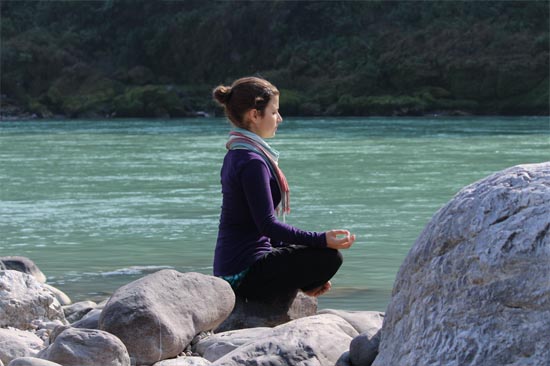

| Dates | Early Bird Discount | Regular Fee | Apply |
|---|---|---|---|
| Coming Soon | US$ 1149 | US$ 1449 | Apply |
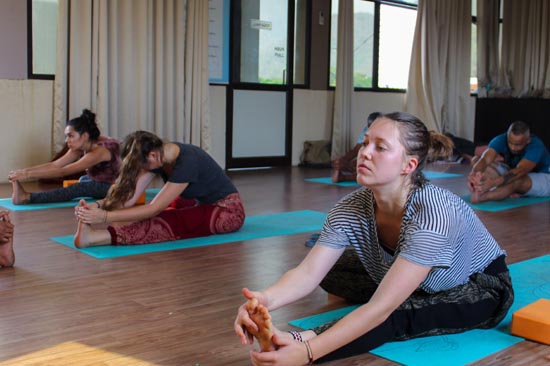
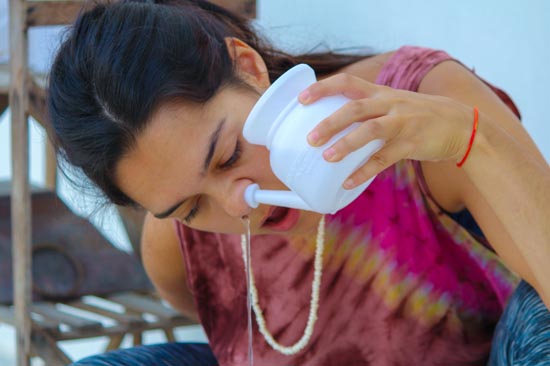
Note: - This is a sample schedule and subject to change according to weather condition, teacher’s schedule, and other circumstances.
| » 06:30 am to 07:00 am | » Shatkarma (Yogic Cleansing) |
|---|---|
| » 07:00 am to 08:30 am | » Asana (Yoga Position) |
| » 09:00 am to 10:00 am | » Breakfast |
| » 10:30 am to 11:45 am | » Yoga Philosophy |
| » 12:00 pm to 01:00 pm | » Lunch |
| » 01:30 pm to 03:00 pm | » Yoga Anatomy |
| » 03:00 pm to 04:00 pm | » Self Study |
| » 04:00 pm to 05:30 pm | » Alignment & Adjustment |
| » 06:00 pm to 07:00 pm | » Meditation/ Pranayama (Yogic Breathing)/ Yog Nidra |
As per Yoga Alliance USA, techniques, training and practice; teaching methodology; anatomy and physiology; yoga philosophy, lifestyle and ethics for yoga teachers plus practicum are the five important subjects to be covered in 200 hour yoga teacher training. We cover yoga asanas, pranayama, kriyas, mantra chanting, meditation and other traditional yoga techniques under techniques, training and practice. Teaching styles, qualities of yoga instructor, mass handeling, types of students,etc. are covered under teaching methodology. Yoga anatomy and physiology makes you understand the effect of yoga practices including asanas, meditation and kriyas on your body systems and organs, chakras, nadis. You will be studying Patanjali's Yog Sutra, the Bhagvad Geeta, Hatha Yoga Pradapika and other philosophical texts and teach your peers on topics your instructor gives you. This is your chance to practice teaching yoga - you will be going to the field as a practitioner and this is a demo class you conduct before registering yourself as an instructor.
| • Vajrasana | • Marjari Asana | • Supta Vajrasana |
| • Druta Utkatasana | • Surya Namaskar | • Matsyasana |
| • Dhanurasana | • Ardha Padma Paschimattasana | • Bhu Namaskarasana |
| • Sirshasana | • Crane Pose | • Simbagarjanasana |
| • Vyaghrasana Pose | • Tadasana | • Sama konasana |
| • Ardh Chandrasana | • Lalasana | • Setu Asana |
| • Sirsha Angustha Yogasna | • Ardha Masyendrasana | • Natarjasana |
| • Santolanasana | • Simbagarjanasana | • Ushtrasana Half |
| • Tiryaka Tadasana | • Dwikonasana | • Shashankasana |
| • Bhujangasana | • Paschimattanasana | • Eka Padattanasana |
| • Sarvangasana | • Eka Padasana | • Poorna Bhujangasana |
| • Poorna Bhujangasana | • Ushtrasana | • Kati Chakarasana |
| • Trikonasana | • Yogamudrasana | • Shalabhasana |
| • Janu Sirshasana | • Mayurasana | • Halasana |
| • Chakrasana | • Poorna Dhanusasana |

» Single Standard Non-Ac Room The room only has a fan.
» Soap bar is provided in the bathroom amenities
» Free wifi
» Led Cable television
» Once alloted and checked in, the room will not be changed.

» Shampoo, Conditioner, Shower Cap, Toothbrush, Toothpaste, Water Bottles, Hair dryer
» Anything ordered separately from the set Yoga menu will be charged accordingly
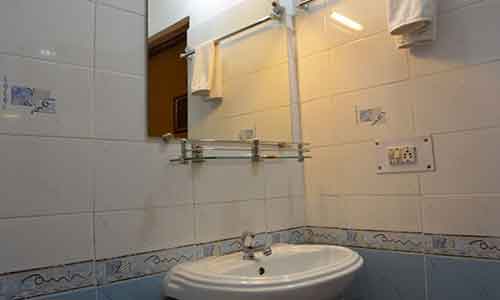
» Cab service on request.
» Ac rooms can be provided at an extra cost per day basis